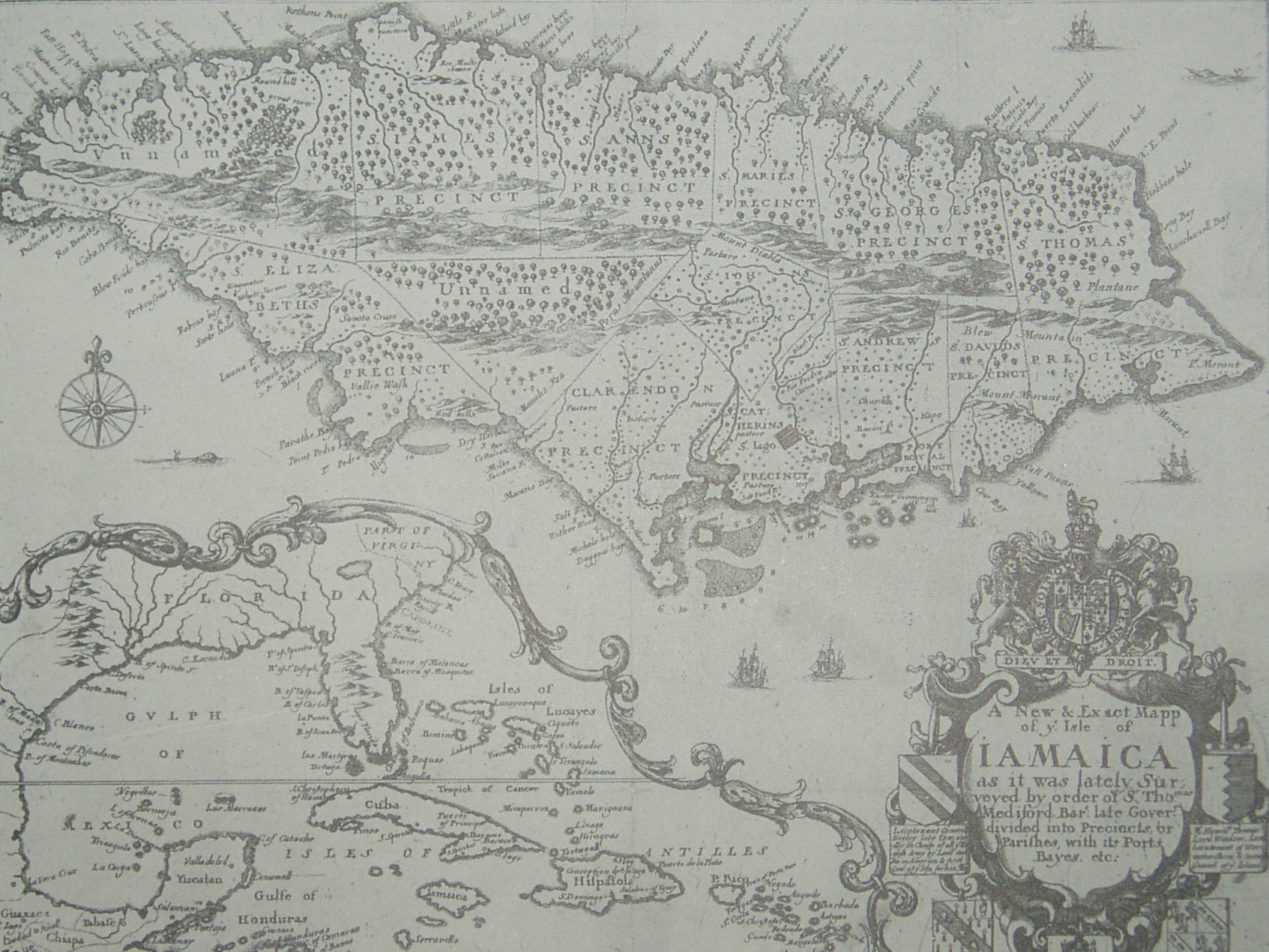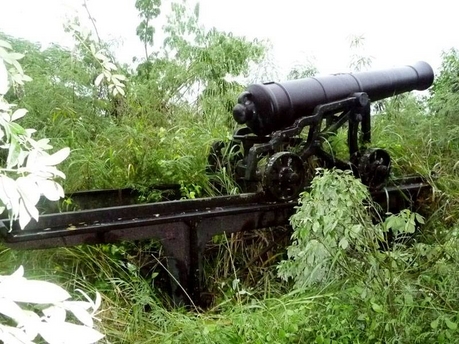|
Annotto Bay
Annotto Bay is a town in the parish of Saint Mary in Jamaica. It was once an active port on the north side. This town was previously named ‘Guayguata’ by the Tainos, it is named from the abundance of the Annatto trees in the area. The Spanish settlement of the Mellila mentioned early in the sixteenth century Spanish Jamaica was probably located near present-day Annotto Bay and Fort George, Jamaica Fort George is situated on the Titchfield Peninsula in the town of Port Antonio, in the parish of Portland, Jamaica. The proposal for a fort in Port Antonio was first discussed in 1728, when a committee of the House of Assembly met to consider m ..., and the nearby golf course are thought to have been built on a Spanish foundation. References Populated places in Saint Mary Parish, Jamaica {{Jamaica-geo-stub ... [...More Info...] [...Related Items...] OR: [Wikipedia] [Google] [Baidu] |
Countries Of The World
The following is a list providing an overview of sovereign states around the world with information on their status and recognition of their sovereignty. The 206 listed states can be divided into three categories based on membership within the United Nations System: 193 member states of the United Nations, UN member states, 2 United Nations General Assembly observers#Present non-member observers, UN General Assembly non-member observer states, and 11 other states. The ''sovereignty dispute'' column indicates states having undisputed sovereignty (188 states, of which there are 187 UN member states and 1 UN General Assembly non-member observer state), states having disputed sovereignty (16 states, of which there are 6 UN member states, 1 UN General Assembly non-member observer state, and 9 de facto states), and states having a political status of the Cook Islands and Niue, special political status (2 states, both in associated state, free association with New Zealand). Compi ... [...More Info...] [...Related Items...] OR: [Wikipedia] [Google] [Baidu] |
Jamaica
Jamaica (; ) is an island country situated in the Caribbean Sea. Spanning in area, it is the third-largest island of the Greater Antilles and the Caribbean (after Cuba and Hispaniola). Jamaica lies about south of Cuba, and west of Hispaniola (the island containing the countries of Haiti and the Dominican Republic); the British Overseas Territory of the Cayman Islands lies some to the north-west. Originally inhabited by the indigenous Taíno peoples, the island came under Spanish rule following the arrival of Christopher Columbus in 1494. Many of the indigenous people either were killed or died of diseases, after which the Spanish brought large numbers of African slaves to Jamaica as labourers. The island remained a possession of Spain until 1655, when England (later Great Britain) conquered it, renaming it ''Jamaica''. Under British colonial rule Jamaica became a leading sugar exporter, with a plantation economy dependent on the African slaves and later their des ... [...More Info...] [...Related Items...] OR: [Wikipedia] [Google] [Baidu] |
Parishes Of Jamaica
The parishes of Jamaica are the main units of local government in Jamaica. They were created following the English Invasion of Jamaica in 1655. This administrative structure for the Colony of Jamaica developed slowly. However, since 1 May 1867 Jamaica has been divided into the current fourteen parishes. These were retained after independence in 1962. They are grouped into three historic counties, which no longer have any administrative relevance. Every parish has a coast; none are landlocked. List (1) The parishes of Kingston and Saint Andrew together form the ''Kingston and St. Andrew Corporation''. (2) The parish of Kingston does not encompass all of the city of Kingston. Most of the city is in the parish of St. Andrew. History Early history Following the English conquest of Jamaica the first phase of colonisation was carried out by the Army, with a system of Regimental plantations. These were drawn up on the southern flat lands, with the Regimental commanders charge ... [...More Info...] [...Related Items...] OR: [Wikipedia] [Google] [Baidu] |
Saint Mary Parish, Jamaica
Saint Mary is a parish located in the northeast section of Jamaica. With a population of 114,227 it is one of Jamaica's smallest parishes, located in the county of Middlesex. Its chief town and capital is Port Maria, located on the coast. It is also the birthplace of established dancehall reggae artists, such as Capleton, Lady Saw, Ninjaman, Sizzla, and Tanya Stephens. Other notable residents of St. Mary parish include bestselling author Colin Simpson, who is the great-great grandson of noted slavery abolitionist James Phillippo, famed Jamaican writer and community activist Erna Brodber, and acclaimed music producer Chris Blackwell who is credited with "discovering" Bob Marley. History There are a few traces of Taíno/Arawak presence in the parish. Saint Mary was also one of the first sections of the island to be occupied by the Spaniards. Puerto Santa Maria was the second town the Spaniards built on the island. In 1655, after the English captured Jamaica from the Spanish, ... [...More Info...] [...Related Items...] OR: [Wikipedia] [Google] [Baidu] |
List Of Cities And Towns In Jamaica
The following is a list of the most populous settlements in Jamaica. Definitions The following definitions have been used: *City: Official city status on a settlement is only conferred by Act of Parliament. Only three areas have the designation; Kingston when first incorporated in 1802 reflecting its early importance over the then capital Spanish Town, Montego Bay being granted the status in 1980, and Portmore, whose municipal council was given the city title in 2018. It is not necessarily based on population counts, and while a honorific title, can confer some increased autonomy. *Town/Village: The Statistical Institute of Jamaica considers an urban area to be any area with 2,000 or more residents. A town would generally be considered to be ranked as a higher populated urban area, and a village as a minor urban area. *Neighbourhood: Geographically obvious subdivisions of any of the above. Cities and towns Villages * Accompong (Saint Elizabeth) * Aeolus Valley (Sai ... [...More Info...] [...Related Items...] OR: [Wikipedia] [Google] [Baidu] |
Annatto
Annatto ( or ) is an orange-red condiment and food coloring derived from the seeds of the achiote tree (''Bixa orellana''), native to tropical America. It is often used to impart a yellow or orange color to foods, but sometimes also for its flavor and aroma. Its scent is described as "slightly peppery with a hint of nutmeg" and flavor as "slightly nutty, sweet and peppery". The color of annatto comes from various carotenoid pigments, mainly bixin and norbixin, found in the reddish waxy coating of the seeds. The condiment is typically prepared by grinding the seeds to a powder or paste. Similar effects can be obtained by extracting some of the color and flavor principles from the seeds with hot water, oil, or lard, which are then added to the food. Annatto and its extracts are now widely used in an artisanal or industrial scale as a coloring agent in many processed food products, such as cheeses, dairy spreads, butter and margarine, custards, cakes and other baked goods, po ... [...More Info...] [...Related Items...] OR: [Wikipedia] [Google] [Baidu] |
Fort George, Jamaica
Fort George is situated on the Titchfield Peninsula in the town of Port Antonio, in the parish of Portland, Jamaica. The proposal for a fort in Port Antonio was first discussed in 1728, when a committee of the House of Assembly met to consider measures to be taken in the face of a possible Spanish invasion. In 1729, Christian Lilly was assigned the task of building a fort which, after being built, became known as Fort George in honour of King George I of Great Britain. Lilly had built some of the walls at the Royal Citadel, Plymouth, and the bastion at Fort George was designed as a smaller version of the Citadel. Fort George’s construction served a dual purpose, first as a source of defence against foreign invasion and, second, to deal with the menace of the maroons in the area. The area between Fort George and Fort Haldane in nearby Port Maria had a very large population of freedom fighters in the mid-eighteenth century. One of the most notable was Tacky, who led an insur ... [...More Info...] [...Related Items...] OR: [Wikipedia] [Google] [Baidu] |




